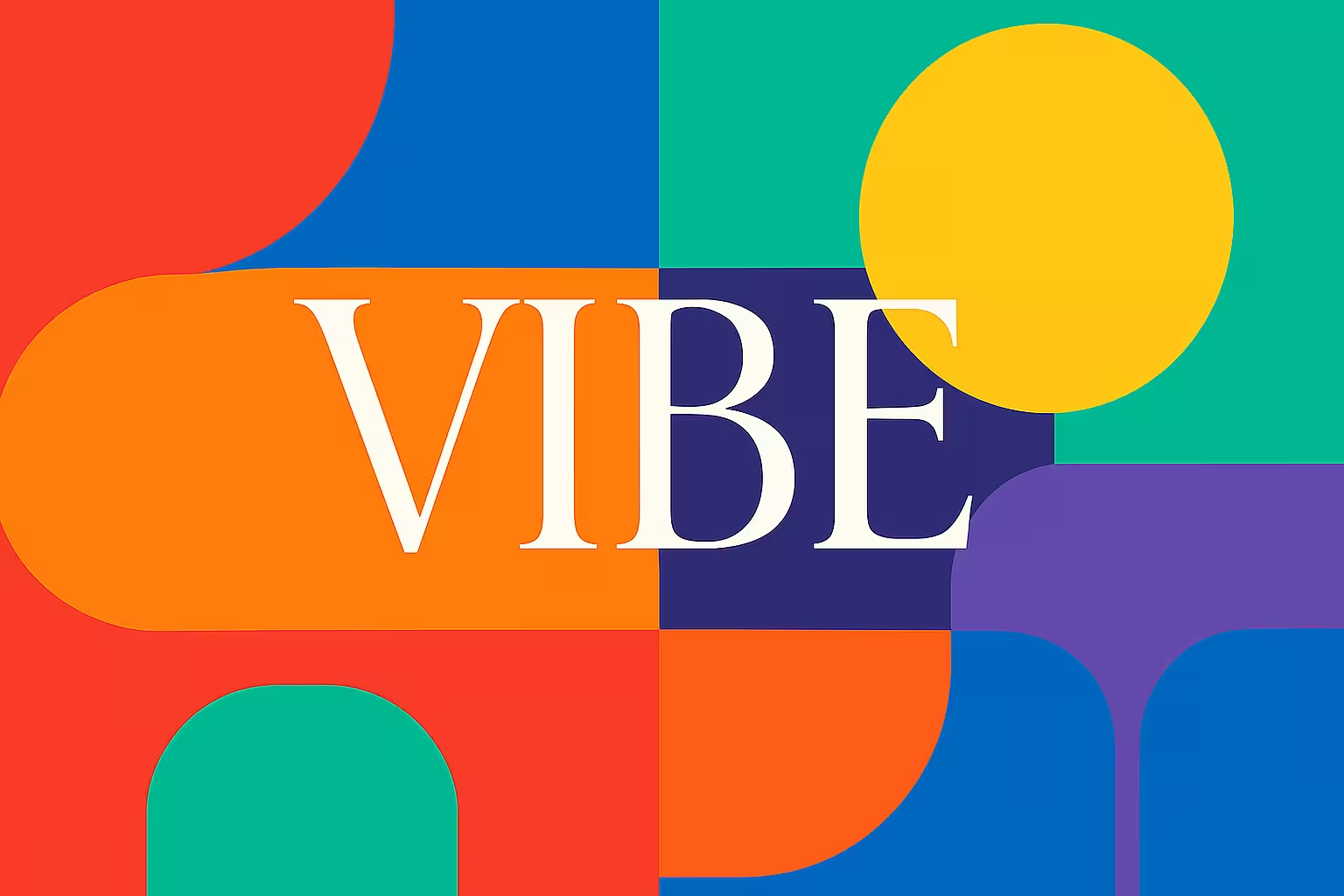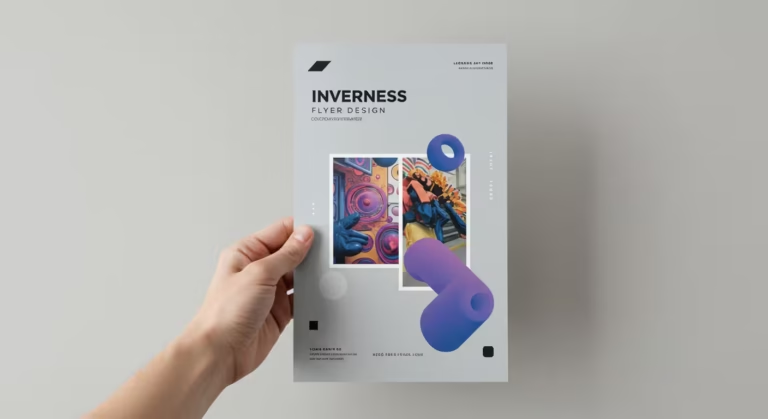Remember when handing over a design file to a developer felt like a leap of faith? Those days are rapidly fading. A new practice is taking root in forward-thinking studios, and it’s shifting the goalposts for what designers can achieve. It’s called vibe coding, and it represents the next evolution of design technology.
So, what exactly is vibe coding? From a designer’s perspective, it’s the practice of shaping digital products where design systems, AI, and automation converge. It lets designers build complete, functional experiences without writing a single line of traditional code.
We’re now working directly in tools that intuitively understand layout, hierarchy, motion, and even brand tone. This isn’t just about better prototyping; it’s about building real, deployable products. Let’s explore the tools making this possible, a landscape rich with potential for modern web apps and innovative app design tools.
The Tools Powering the Vibe Coding Revolution
The best AI design tools and no-code development platforms are becoming incredibly sophisticated. They are the engines of this shift, offering everything from visual programming to full-stack app deployment.
For designers, this means the gap between a great idea and a working prototype is now measured in hours, not weeks.
To give you a clear overview of the ecosystem, here is a table comparing some of the key platforms driving this change.
| Tool | Primary Strength | Ideal For |
|---|---|---|
| Google AI Studio | AI-driven feature prototyping | Enterprise-grade, interactive prototypes |
| Figma Make | From static layout to working UI | Designers who live in Figma |
| FlutterFlow | Pixel-perfect native apps | Precise control over UI and animation |
| Lovable | Prompt-to-app generation | Rapid ideation and concept testing |
| PandaSuite | Rich interactive content | Motion design and digital storytelling |
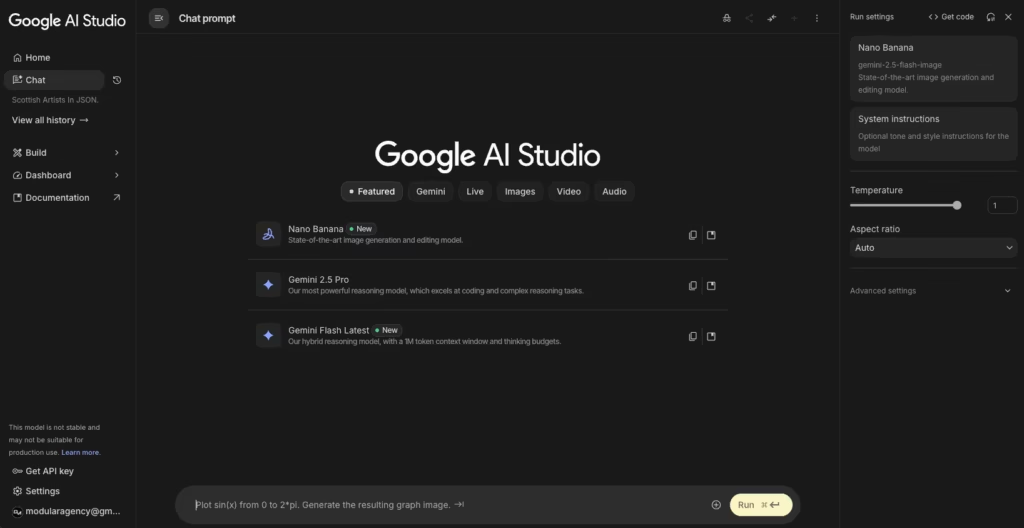
Google AI Studio (with Firebase Integration)
Google AI Studio, now fully integrated with Firebase, offers a powerful ecosystem for designers seeking to incorporate advanced AI into their projects.
This platform enables rapid prototyping and testing of AI-driven features through intuitive visual tools, while Firebase manages complex backend services like hosting, authentication, and realtime data syncing.
Firebase Studio combines a full IDE, AI assistance powered by Google’s Gemini model, and seamless integration with Firebase services, allowing designers to build deployable, enterprise-grade AI apps entirely from their browsers. This blend of AI-driven app prototyping and scalable backend infrastructure makes it an ideal choice for modern web and app development.
For example, Firebase Studio supports importing designs from Figma to instantly transform UI concepts into functional apps enhanced by AI-generated flows and backend setup.
It helps users quickly iterate with natural language prompts, add features like authentication and databases, test with built-in emulators, and deploy directly to Firebase Hosting, all while enjoying AI-assisted coding, debugging, and documentation. This integration exemplifies the future of vibe coding—where design systems, automation, and AI converge to streamline the entire app creation process.
To explore further, check out the official Firebase Studio documentation, Google’s blog post on Firebase Studio updates, and an in-depth walkthrough on Google Cloud’s Firebase Studio guide.
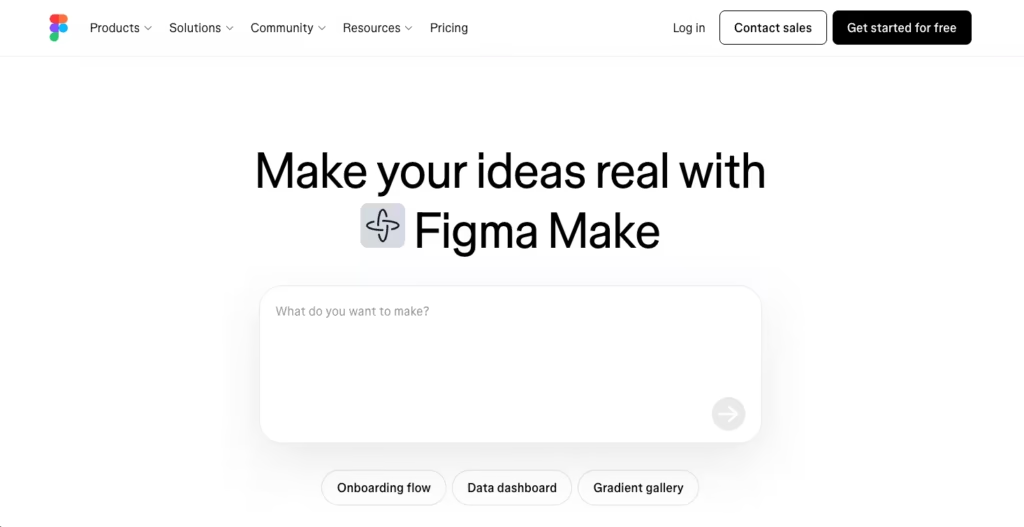
Figma Make
Figma Make is a revolutionary AI-powered feature within the Figma platform that transforms static design layouts into working prototypes or deployable apps without requiring any traditional coding skills. It operates seamlessly inside Figma’s interface, allowing designers to stay in a familiar environment while easily bridging the gap between polished design systems and fully functional user interfaces.
Powered by advanced AI models like Claude 3.7, Figma Make lets users generate interactive components, wire up app logic, and iterate rapidly by typing simple natural language prompts or pointing at UI elements for precise behavioural instructions.
This tool is especially valued for its accessibility, empowering designers who don’t code to create frontend-ready designs and functional prototypes quickly.
Figma Make was unveiled as part of Figma’s Config 2025 updates and has since moved into general availability, offering powerful new capabilities such as importing existing design libraries to maintain consistent branding, integrating backend services like Supabase, and enabling real-time collaboration on interactive app builds.
It helps teams accelerate product development by effectively eliminating the traditional handoff delays between design and development stages.
For more details, explore Figma’s official announcement on Figma Make’s general availability, a comprehensive explainer on the Config 2025 feature releases, and an insightful video overview of its capabilities.

FlutterFlow
FlutterFlow is a standout visual builder designed to empower both designers and developers to create native mobile and web apps with precision using Google’s Flutter framework.
It offers granular control over every aspect of the UI, including layout, animation, and component styling, making it ideal for designers who want pixel-perfect execution. FlutterFlow’s drag-and-drop interface features over 200 pre-designed widgets, a visual Action Flow Editor for app logic, and seamless integration with backend services like Firebase and Supabase.
This powerful setup allows for rapid prototyping and production-ready cross-platform apps, combining ease of use with the flexibility to add custom Dart code when needed.
As one of the leading solutions for cross-platform app development in 2026, FlutterFlow supports real-time collaboration, GitHub integration, and code export to Flutter, ensuring no vendor lock-in and smooth transition between no-code and full-code workflows.
Designers benefit from responsive design tools, design system imports from Figma, and built-in animation controls that enable rich, interactive applications.
For more information, you can explore the FlutterFlow product features, visit the official FlutterFlow website, or read a detailed guide and review on how to use FlutterFlow effectively.
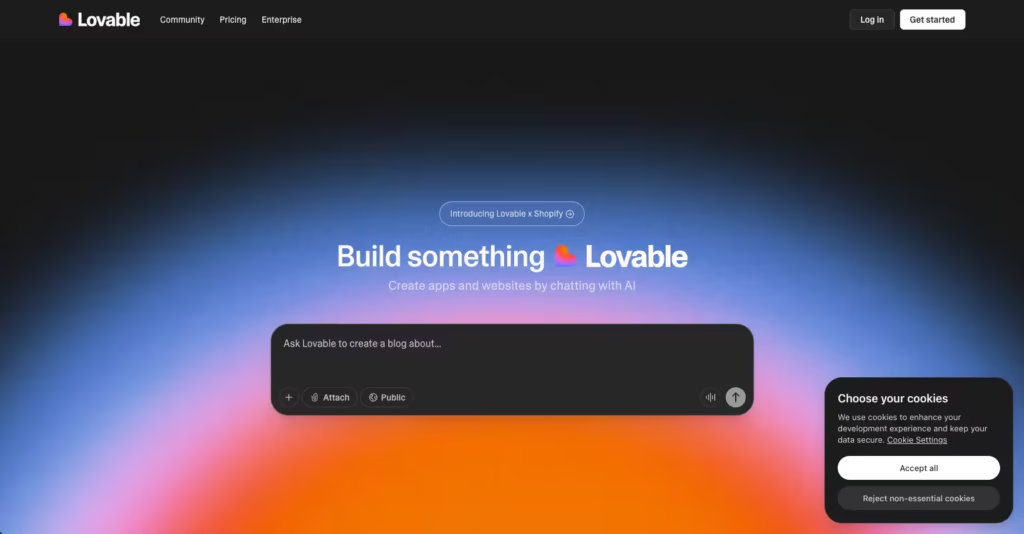
Lovable
Lovable is an innovative prompt-to-app platform that revolutionizes how apps are created by allowing users to simply describe their desired application and have the system generate both the user interface and backend in minutes.
It excels in rapid ideation, enabling designers and agencies to test user flows or new brand concepts without committing to a full production cycle.
Lovable uses sophisticated AI to interpret natural language prompts and produce deployable, functional apps with clean, mobile-responsive UI, backend logic, authentication, data management, and integration capabilities—all without requiring users to write any code.
Users can interact with generated apps instantly, iteratively refining features by providing feedback or new instructions, in a conversational, collaborative development process.
The platform supports real code ownership with editable outputs and GitHub integration, making it flexible for customization and team collaboration. Its ability to create full-stack apps—including front-end, back-end, database schemas, and API logic—from simple prompts sets it apart as an approachable, powerful tool for startups, agencies, and innovators.
For more details, explore a deep feature dive at Sidetool’s Lovable AI overview, a thoughtful discussion on Startup Networks, and Lovable’s own official documentation.
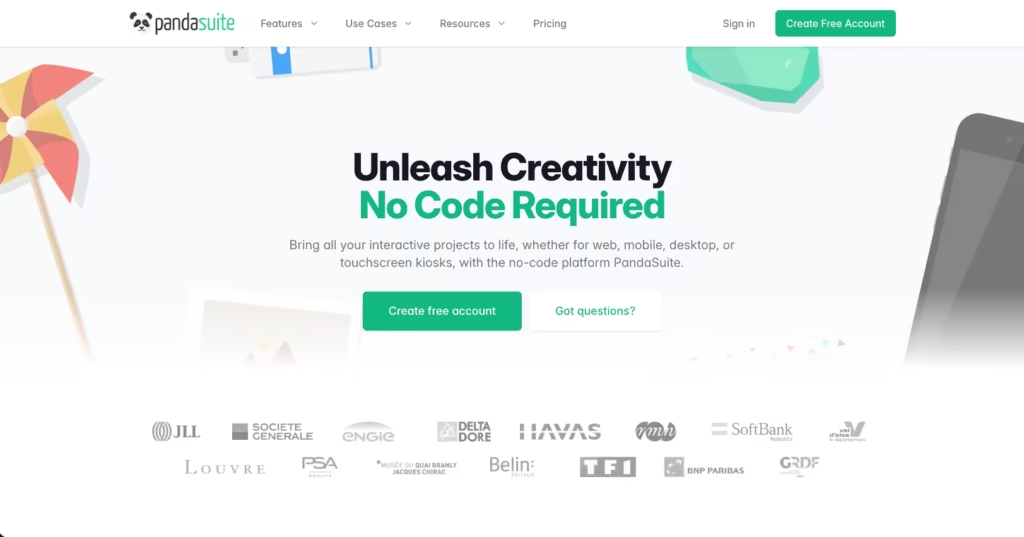
PandaSuite
PandaSuite is a versatile, no-code platform designed for creating rich, interactive experiences across web, mobile, and touchscreens.
It provides an intuitive drag-and-drop editor that allows designers to build dynamic, visually engaging prototypes and applications without needing to write a single line of code. This tool is ideal for creating interactive presentations, microsites, digital publications, and immersive marketing campaigns.
Features include multimedia integration (images, videos, 3D content), animation tools, gesture recognition, sensor integration, and multi-language support—all aimed at empowering designers who want to craft engaging digital products efficiently.
PandaSuite also supports advanced interactivity with triggers, parallax effects, scrolling animations, and native sensor capabilities such as GPS and accelerometers.
Users can add hotspots, pop-ups, and personalised navigation, as well as generate PDFs and incorporate high-quality vector animations with After Effects and Lottie. With instant preview options on iOS and Android, teams can rapidly iterate, collaborate, and deploy interactive content.
To explore the full range of PandaSuite’s capabilities, visit the official features page and see everything you can do with this powerful design platform.
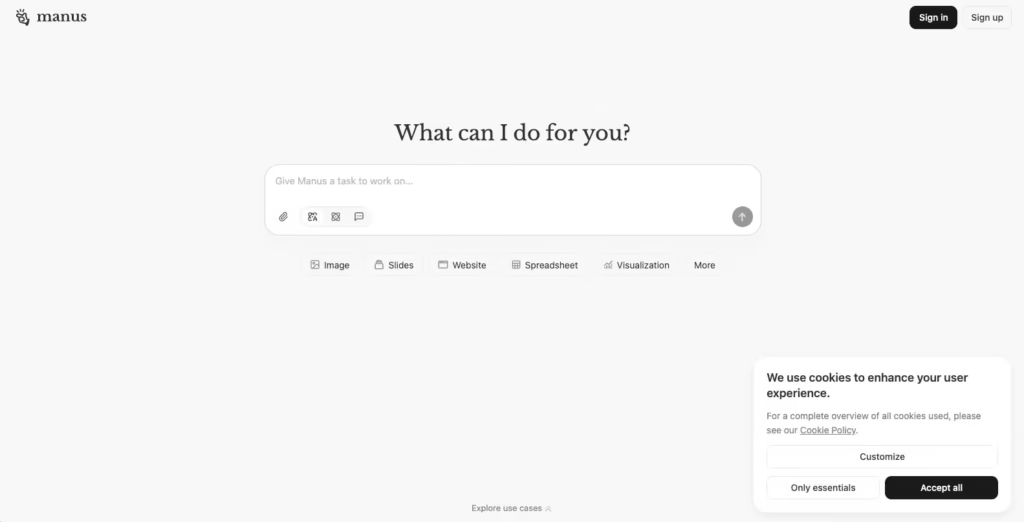
Manus AI
Manus AI is a cutting-edge platform designed to help creators build adaptive interfaces and AI-driven interactions without any need for scripting.
It specialises in creating dynamic product demos and intelligent user experiences, effectively bridging the gap between content design and smart behaviour.
What sets Manus AI apart is its advanced learning and personalisation capabilities—it continuously adapts and improves its outputs based on user interactions and context, creating increasingly tailored and efficient results over time.
The platform’s “Manus’s Computer” interface provides real-time transparency into the AI’s decision-making process, showing users each step it takes to complete tasks, which fosters trust and collaboration.
Manus AI also integrates seamlessly with external tools, including web browsers, code editors, and databases, enabling it to autonomously execute complex workflows much like a digital employee. This makes it a key player for designers and agencies looking to explore adaptive interface design powered by AI.
For a comprehensive look at Manus AI’s features and capabilities, see the detailed guide at BayTech Consulting, the overview from Vyaasa.ai, and an in-depth review at Digital Software Labs.
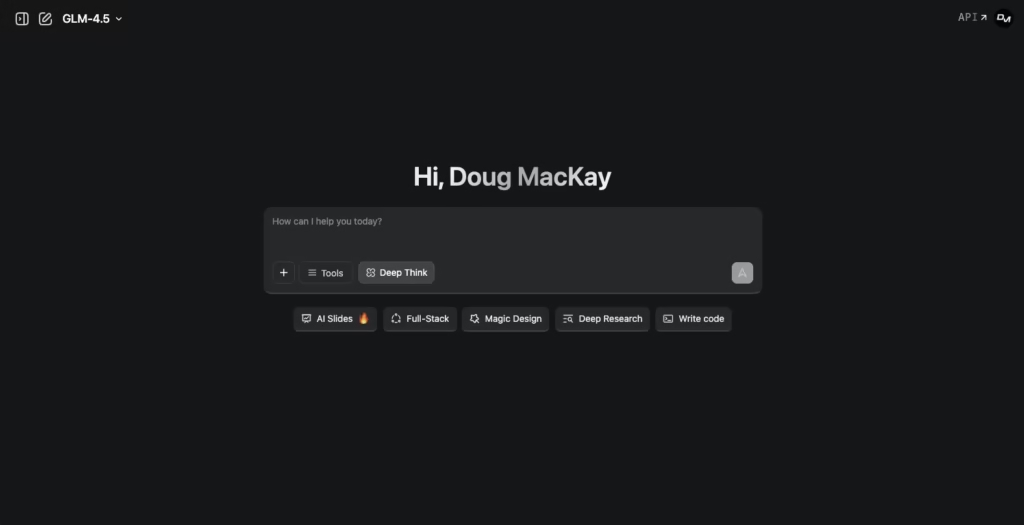
Z.ai
Z.ai is an advanced multi-agent development platform that allows designers and developers to orchestrate multiple AI agents working together on various aspects of a project. This capability is especially valuable for prototyping complex systems or automations, as it lets users design and manage sophisticated workflows that require diverse, specialised AI functions working in concert.
Z.ai leverages powerful models like GLM-4.5 and GLM-4.6, offering strong reasoning, coding, and tool-using abilities within a unified interface.
The platform supports agentic AI workflows that can autonomously break down tasks into sub-tasks assigned to different agents, enabling parallel problem solving and streamlined execution of complex projects.
Z.ai also boasts advanced features such as deep coding capabilities, document and presentation generation, and seamless integration with external tools and APIs.
As a cutting-edge AI workflow system, it represents the forefront of creative technology trends, providing designers with unparalleled control over AI-assisted production.
For an in-depth overview of Z.ai’s multi-agent features, see the detailed analysis at DataGuru’s blog, IBM’s agentic AI framework announcement for watsonx Assistant for Z, and the official Z.ai developer documentation.
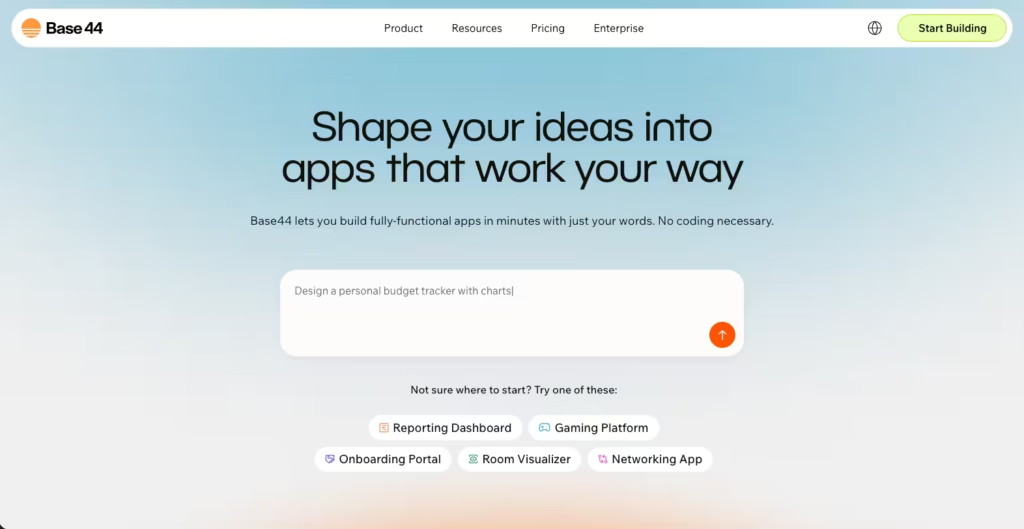
Base44
Base44 is a revolutionary no-code platform that allows users to create full applications entirely through natural language prompts, making it highly accessible for designers and non-technical entrepreneurs.
Its core feature is an AI-powered engine that interprets detailed, conversational instructions to automatically generate the app’s user interface, data structures, backend logic, authentication, and integrations.
This approach turns the app development process into more of a dialogue—users describe what they want, and Base44 brings it to life, enabling rapid prototyping and iterative refinement without writing code.
The platform also includes a built-in discussion mode, allowing teams to brainstorm, plan, and explore new features without affecting the live version or consuming a lot of resources. You can customize the interface with visual tools, test your app in real time, and deploy instantly.
Base44’s intelligent features extend to generating APIs, managing databases, and adding AI-driven functionalities like chatbots and predictive insights—all with minimal effort.
For more information, check out the Base44 features page, or explore their official blog for comprehensive guides on building apps with AI in 2025.

ToolJet AI
ToolJet AI is an open-source, low-code platform that combines AI-assisted UI and workflow generation with powerful transparency and control features.
Designed for modern designers and developers, ToolJet provides a visual drag-and-drop app builder with over 60 responsive components like charts, tables, and forms, while also offering the ability to write custom JavaScript and Python code for advanced customisations.
It supports seamless integration with 75+ data sources including databases, APIs, and SaaS tools, making it highly versatile for building internal tools, dashboards, and custom business applications.
One of ToolJet’s standout features is its AI-powered capabilities, which enable rapid app generation from natural language prompts, AI-driven query building, and one-click debugging to streamline development.
The platform also emphasises enterprise-grade security, offering role-based access control, audit logging, and multi-environment management with CI/CD integration.
ToolJet users benefit from features like collaboration tools, Git sync for version control, and the option to self-host or deploy on cloud services like AWS and Azure.
This mix of AI automation and open-source flexibility makes ToolJet a robust solution for visual programming and workflow automation with full control and exportability. For more details, visit the official ToolJet GitHub page, watch a detailed review on YouTube, or explore the ToolJet AI platform website.

Softr + Airtable
Softr, combined with Airtable, offers a highly pragmatic and powerful solution for transforming Airtable bases into fully branded, data-driven web apps and client dashboards. It is especially popular among studios and agencies that need to build quick, dynamic interfaces or secure client portals without writing code.
Softr provides a visual drag-and-drop interface that allows users to create customisable pages featuring tables, records, search filters, forms, login options, and buttons—all directly connected to Airtable data in real-time. This makes it easy to display, manage, and update complex datasets with a polished user experience.
Key features include a wide range of customizable templates, granular access control with user roles and permissions, multi-layout display options (like Kanban, calendar, charts), and integrations with payment platforms like Stripe, as well as automation tools like Zapier.
Softr stands out by offering more design flexibility, user access control, and mobile readiness compared to Airtable’s native Interface Designer.
It also supports data sync across over 15 other data sources beyond Airtable, and features a built-in relational database for more complex needs.
This combination makes Softr + Airtable a top choice for agencies and teams looking to quickly prototype and scale client-facing applications while leveraging existing data infrastructure.
For further exploration, visit Softr’s Airtable integration review by LowCode Agency, read Softr’s official blog on Airtable integrations, or watch the detailed comparison video of Softr vs Airtable Interface Designer.
Your Vibe Coding Starter Kit
The array of tools can be overwhelming, so here is a concise list to guide your initial foray into this new landscape. Consider starting with one of these paths based on your immediate goal.
- For translating high-fidelity UI designs into a working interface, begin with Figma Make or FlutterFlow.
- To infuse your prototypes with intelligent, adaptive behaviour, layer in Google AI Studio or Manus AI.
- If your priority is the fastest possible route from a concept to a testable user flow, experiment with Lovable or Base44.
- For building a data-centric application or client portal with speed, the Softr and Airtable combination is highly effective.
The Future is a Collaborative Canvas
In conclusion, vibe coding is not about replacing the art of design; it’s about radically extending its reach. It empowers designers to operate in environments where structure, logic, and interface are built in concert.
This is the future of design workflows with AI. As we look towards the rest of the year and beyond, the most successful designers will be those who embrace these tools to expand their creative influence.
So, choose a platform from the list above and start experimenting. You might be surprised at how much you can build.
